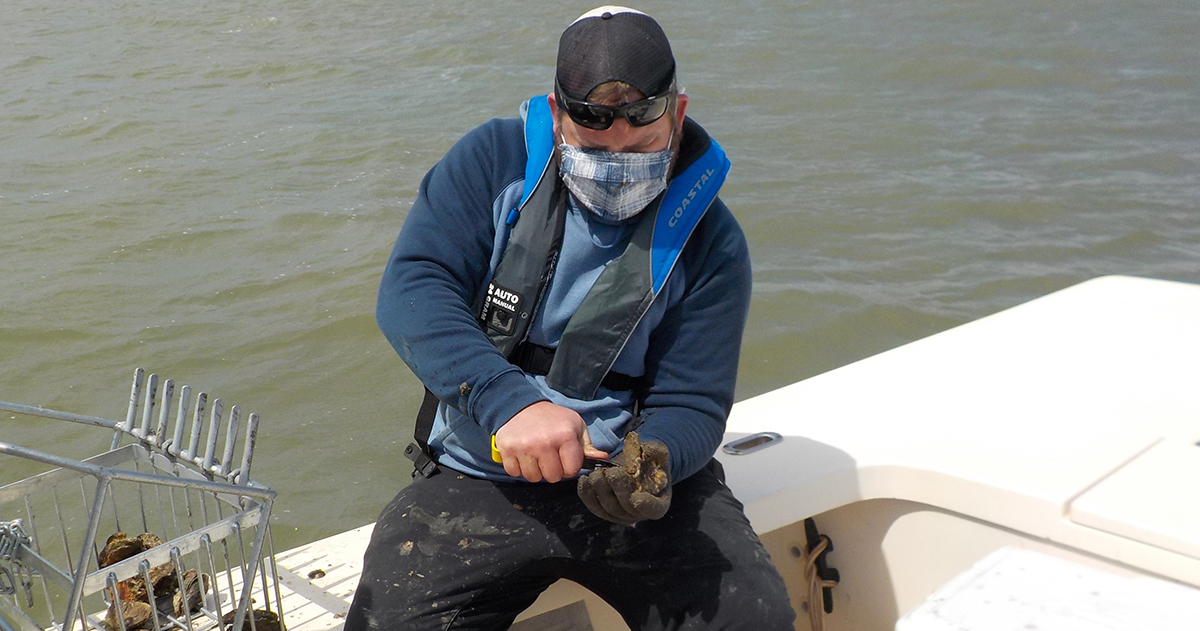Do you want plastic with your oysters? Oysters are a filter organism – that means the water in Galveston runs through these small creatures. An oyster can filter about 30 gallons of water a day. Marc Hanke, marine biology professor at UH, and his students have been measuring the amount of microplastics present in the oysters that are harvested in Galveston Bay.
As you might guess, oysters that are contaminated with microplastics are not fit for human consumption. Hanke and his students are trying to identify the kinds of plastics the oysters have digested. This is actually a bimodal study, in that the team is looking for the quantity and type of plastics in oysters but also, they are studying the relative health of oysters that have ingested microplastics.
Oysters are an important part of our coastal ecosystem, not to mention they are a big part of Galveston’s economy. Oyster reefs mitigate against storm surges. If the health of oysters in the Galveston Bay is suspect, they are not filtering our water well either. Hanke checked and this is the first study with funding for a study of microplastics in Galveston Bay.
Currently, the oyster population is decreasing. In fact, the fishery in Galveston that harvests oysters closed in the January of last year. The only way to increase the oyster population involves putting the shells that are leftover from restaurants out in the sun for three to six months to dry them out. This kills the bacteria. Then the shells are returned to the water, and larvae land on them and begin to grow. But do the plastics they’re ingesting in the first place contribute to the decreased number of oysters?
Peijun Zhao and Neha Sunkara, Hanke’s undergraduate students, are cataloguing the types, colors and amounts of microplastics. “Basically, we shuck the oysters and extract the tissue from inside. When that is churned up, we pass it through a thin paper-like filter. All that is left on the paper when we are done are the microplastics,” said Zhao. “Then, we place the filter papers underneath a microscope and analyze them square by square to catalog the microplastics on each. Identifying the different types of microplastics provides us with a better comprehension of their diversity and quantity in oyster tissue,” said Sunkara.
If there was a high enough concentration of these plastics, the ramifications could be great. “If a certain threshold is exceeded,” said Hanke, “they may decide to close off certain areas as too dangerous to harvest oysters for eating.” And that does not sound enticing, nor delicious.
Image: Courtesy of Marc Hanke
